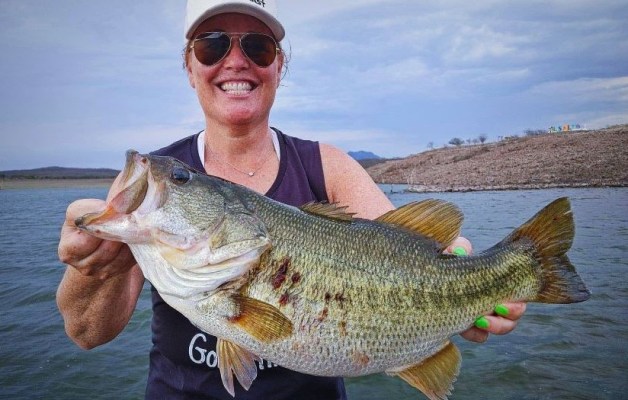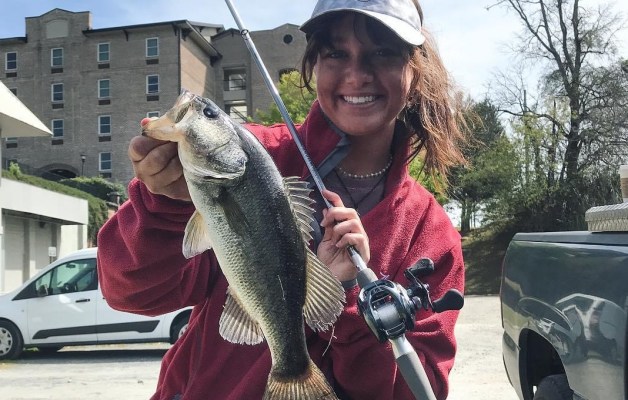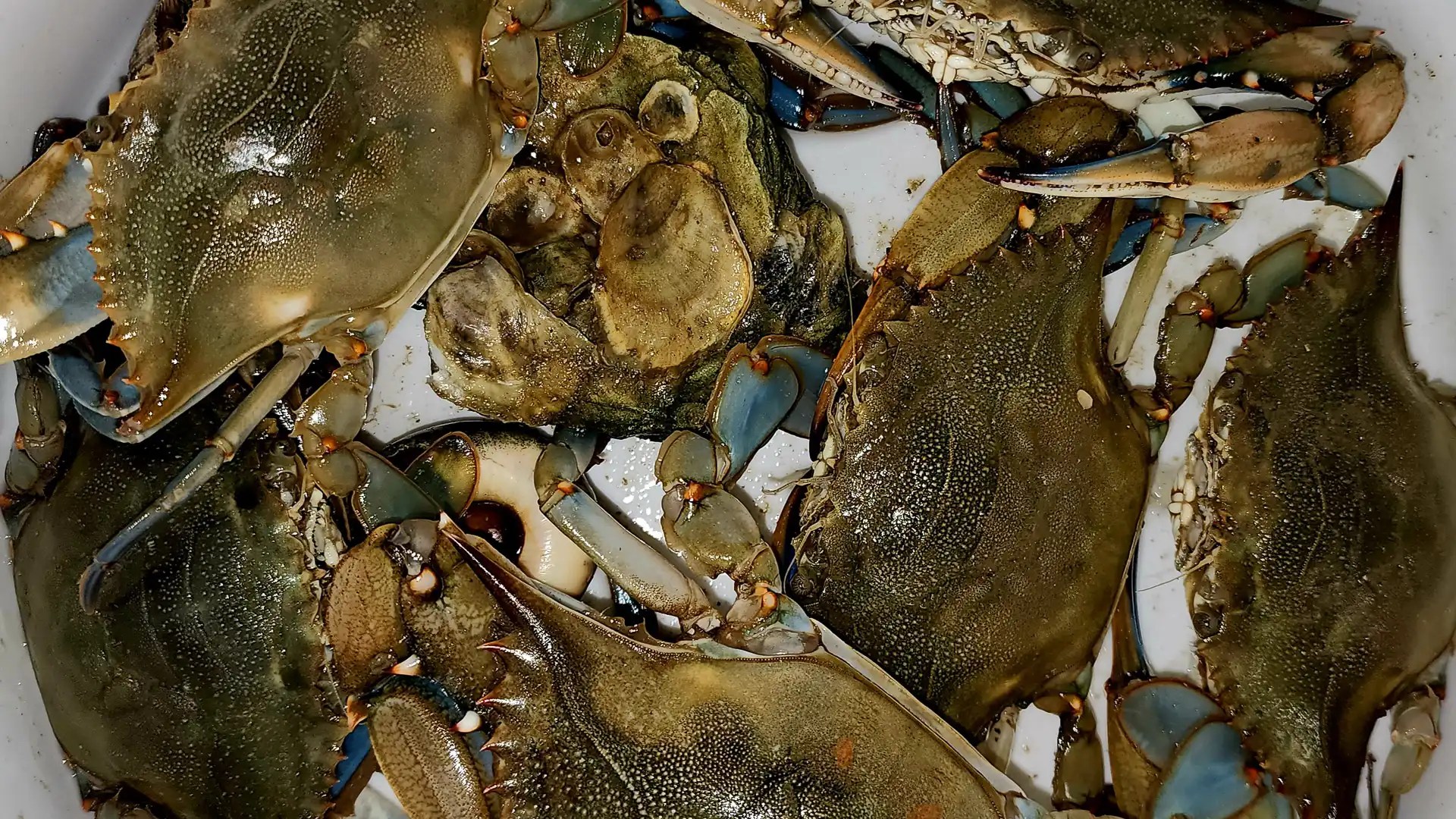
The blue crab is an exceedingly sought-after shellfish. The rich meat contains a score of vitamins, minerals and amino acids. These shellfish can fetch a hefty price at supermarkets, and to someone who’s never done it before, catching a crab may sound like a daunting feat that requires expensive equipment and experience to do. But that’s just not the case, and we’re here to show you how you can easily be on your way to having a steamer full of blue crabs.
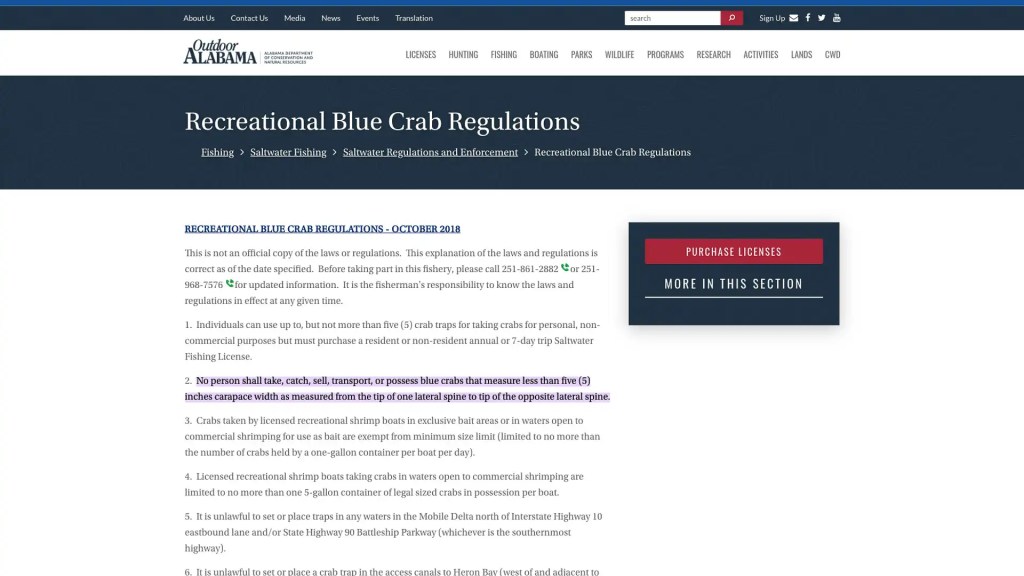
Research the rules and regulations
As with the recreational harvest of any species, it is always important to know the rules and regulations that apply in your area. This not only protects you from getting a hefty fine, but it also protects the environment from the dangers of overharvesting.
Here are some important questions that you should know the answer to before you set out to start hunting for crabs:
- Are blue crabs in season?
- Do I need to purchase a license?
- What equipment is or is not allowed?
- How many and what size crabs am I allowed to keep?
- How do I identify females with eggs so they can be released? (The harvest of egg-bearing crabs is illegal in most states.)
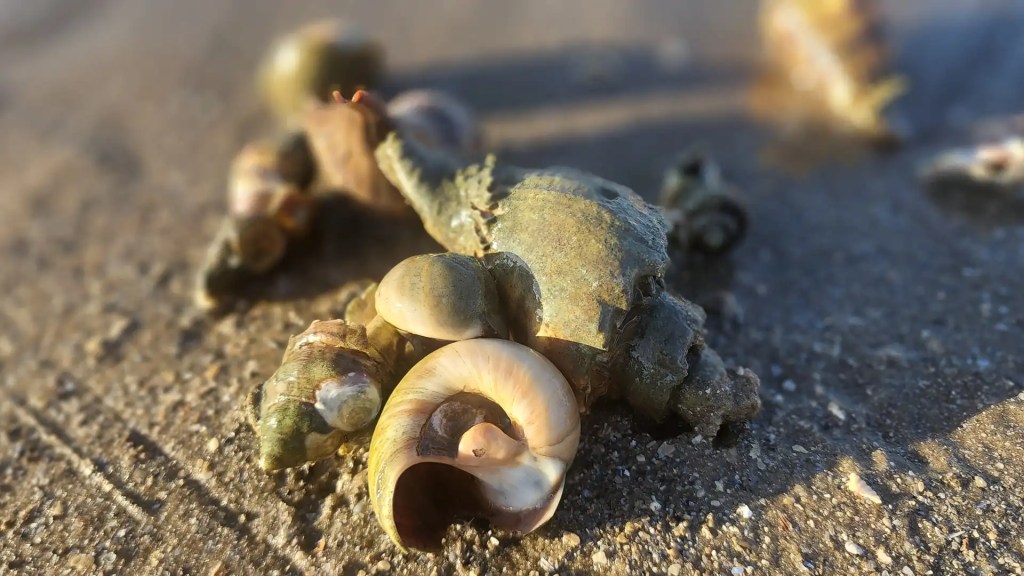
Figure out where you want to go
Time and place is also important when catching blue crabs. Shallow saltwater bays that offer plenty of forage (crustaceans, shrimp and other small fish) for crabs are ideal. Look for areas with soft, muddy bottoms. Do a little research on the internet, as well — you should be able to find out if the area you are looking at has a good population of blue crabs.

Watch the weather
Depending on the method you plan on using, it is much easier to catch crabs when the water is calm, especially if you are hand lining them. It can be done when the weather is not ideal, especially if you are setting out traps, but wind and rain can greatly reduce the visibility in the water.

Figure out which method you want to use
There are several methods you can use to catch blue crabs:
- Hand Netting — This method is done at night and is simply done by walking the shoreline with a bright flashlight and a dip net.
- Hand Lining — This method is also best done at night and is done by tying a piece of bait (like a chicken neck) to a line and throwing it about 10 feet out into the water. When you feel a crab tugging, slowly retrieve the line until the crab is close enough to catch in your net.
- Crab Traps — This method involves placing bait (normally chicken or oily fish) in a trap and placing the trap below the surface of the water. Traps can be checked every few hours.

Choose the right crab traps
If you’re going to be using a crab trap, there are many different varieties available online. The most reliable option is a trap with funnel-like openings and a round, wire bait basket built into the center. Kits that include a trap, wire and float can be found online for around $40 or less.
Stay away from traps where the trap’s doors open and close as these are not as reliable and create a higher chance for crabs to escape.

Catch crabs!
When you catch your first crab, whether in a net or crab trap, you need to remember one thing: CRABS ARE MEAN and their claws are powerful! You don’t want to get pinched by one!
It’s easiest to transfer any crabs that you are keeping simply by dumping them from your net directly into a bucket or cooler. If that’s not an option, the only safe way to pick up a crab is by grasping the back part of the top and bottom of its shell. Be careful you don’t grip it too far forward, because crabs can reach quite a distance under their bodies.
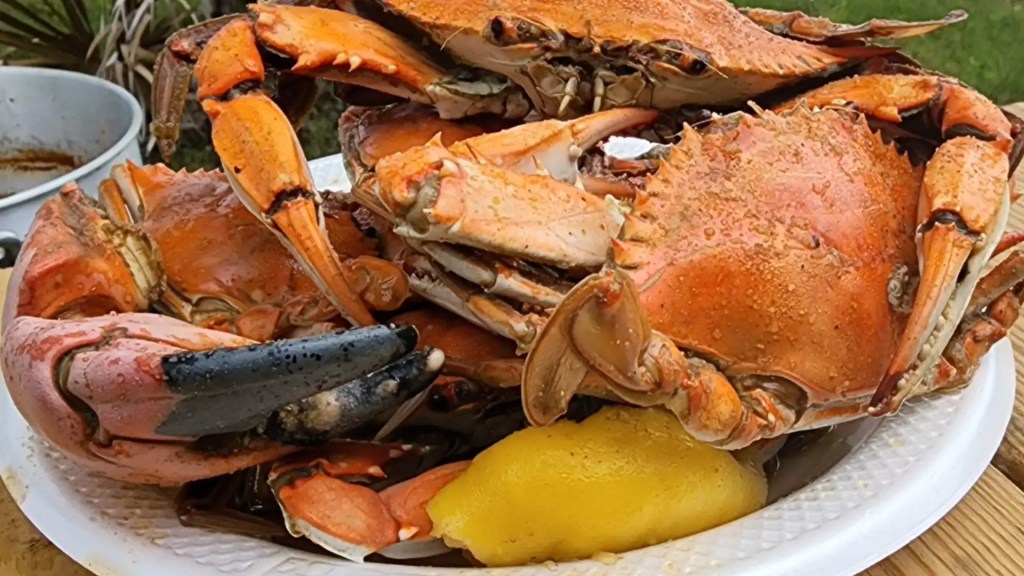
Enjoy your haul!
Crabs can be kept safely on ice for up to 48 hours, so you’ll want to prepare them soon, if not immediately.
Whether you steam, boil, broil, bake or grill them, you’re sure to enjoy the sweet, tender and buttery meat of the blue crab!



